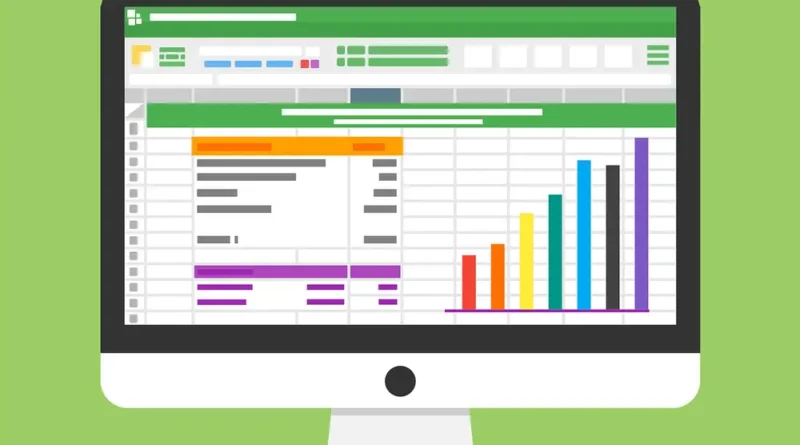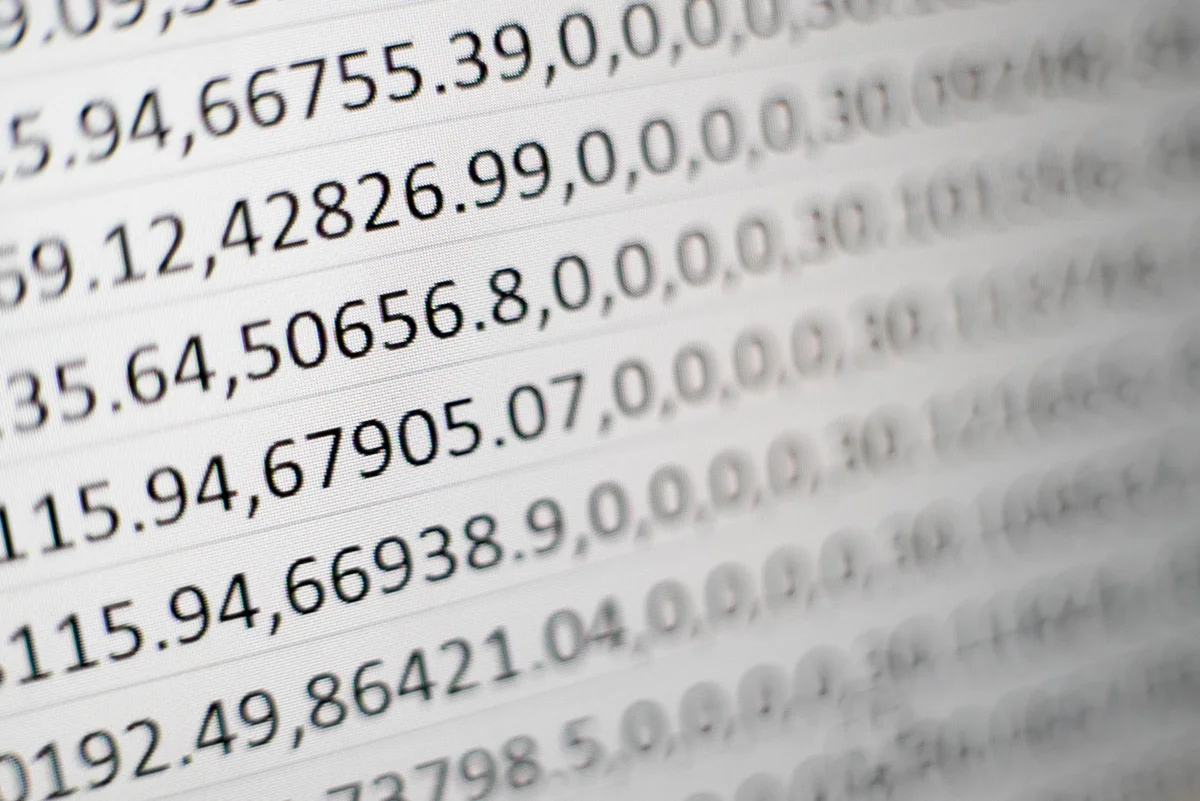What is Data Mining? How is it resourceful?
Data Mining is the process of sorting a huge data set of records to analyze it and find various patterns and solutions for a business organization. By analyzing the data you can also understand how these trends are formed and make better business-oriented decisions. The world of computers in some way influences everything that we counter today. From making predictions to setting up new trends and estimating various business ideologies by having an overview of the subject and then proceeding to execute it. We are wrapped all around technology.
Storing data and processing has been a daily and recursive thing daily. But have we ever noticed how these data don’t just give us records of the work done or any sort of record for that matter, instead, they can also help us estimate and predict what things perform well and help us find solutions? Data Mining is exactly what the above sentence tries to portray.
Why is Data Mining important?
Data Mining is important as the data that has been harvested is something that contributes to Business Intelligence (BI) which is a crucial integration for a successful business plan. Data mining does not just refer to analyzing data from historic events but also real-time analytics that goes through the data as it is being created or modified.
An efficient data mining process helps the business to flourish in various aspects circling mainly around customer satisfaction. These affect aspects such as marketing, sales, production, finance, customer support, and various financial records. Data mining also supports an agenda against cybersecurity breaching, data leaks, risk management, and fraud detection. It is used in various fields such as healthcare, manufacturing processes, mathematics, sports, and so on. The list can be everlasting after all.
How is Data Mining performed?
Data Mining is generally processed by various data scientists who are experts in terms of Business Intelligence (BI). But more of it can also be performed by business analysts, executives, or employees that are specifically trained to handle data.
The whole process revolved most around the key elements of machine learning and statistical analysis alongside managing data to be prepared for data analysis.
Also Read: Demand for sustainability and sustainable technology
Process of Data Mining
Data Mining can be broken down into 4 key processes.
- Data Collection
- Data Pre-processing
- Mining
- Analyzing and Interpretation
Data Collection
Data that is relevant and necessary for the steps succeeding to this are often under various sources and can be in any form, be it structured or unstructured, raw or processed. All the data is collected and put in a data lake by a data scientist.
Data Pre-processing
Unless and until a data scientist is looking to mine raw or inconsistent data, data is transformed to be in the most consistent form. Then the data goes through a set of steps that include exploration, profiling, and pre-processing followed by cleaning and fixing various errors in the data pool so that it is ready to be mined. Basically can be considered as the preceding step so that all the data is in the ideal form and ready to be mined.
Mining
Once the pre-processing step is over, the data is ready to be mined. Data scientists choose the appropriate medium to mine the data and implement one or multiple algorithms for the mining process. When it comes to machine learning applications, the algorithms that are to be run on the data need to be tested out on sample data before it is implemented on the entire data set to avoid errors or mistakes and loss of data.
Analysis and Interpretation
After the mining process, we get certain outputs as a result of the data that were anticipated, and analyzing the various results and outputs is what gives the data scientists a clear idea as to how to create analytical models to be portrayed and used while making important decisions. The finding of the mining process needs to also be discussed with the business executives and owners thoroughly to make the most out of the mining process. The results of the mining are often portrayed through data visualization.
Conclusion
In the competitive market world that we live in today, it is very crucial to take into account every possibility and outcome beforehand to plan out alternative plans. As we discuss the importance of anticipations and outcomes, we realize how important data mining truly is. There are various benefits to data mining and should be taken seriously by every single business organization to make smarter business choices with the ever-evolving help of our technology.




